Traditional burning
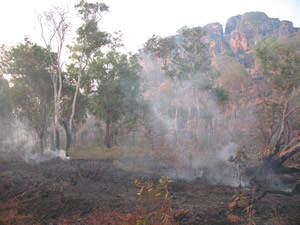
Indigenous Australians lived with fire for thousands of years and used it effectively to manage the ecosystems of Kakadu and Arnhem Land. Periodic burning limits the amount of fuel that accumulates on the forest floor and prevents fires of greater intensity from taking hold. It also allows greater access to sources of plant food and game.
As shown on the right, if left unchecked the Australian scrub can become dense with plant growth.
Click to see a more detailed image.
Once burnt, however, the amount of fuel left on the ground is limited. Click to see a detailed image.
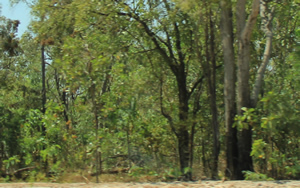
When the environment is carefully managed, fires burn with low intensity preserving important plants such as fruit trees like the pandanus.
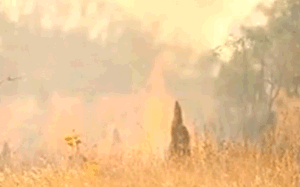
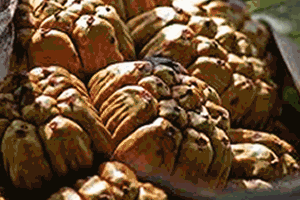
During last century, large herds of water buffalo grazed on the wetlands of the Northern Territory. Although an unwanted pest, the water buffalo kept in check a native grass known as Mudja. When water buffalo were removed from Kakadu National Park during the 1980s the native grass spread uncontrollably and took over vast areas of wetland.
Mudja grows dense and out competes other native grasses for space, hence, it reduces the variety of grasses that can grow in an area which in turn reduces the variety of water birds that come to feed and nest in the area. This reduces the variety of animals and plants that locals can hunt or gather for food. It also limits access to the wetlands to indigenous people for hunting and gathering of food. Before the water buffalo indigenous people would use fire to control the density of wetland grasses.
Traditional fire management programs enhance the diversity of both plants and animals and increase the number of turtles and water birds that live in the wetlands.
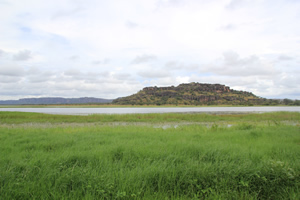
The approaches to burning were not haphazard but highly coordinated events that took place throughout the year. Fire breaks were burnt with low intensity fires early in the dry season as soon as the areas became sufficiently dry. Care was taken not to burn fruit trees and food plants such as bush yams.
Burning encouraged the growth of perineal grasses that attracted native animals such as wallabies and kangaroos. It also kept the amount of fuel low so that fires burnt with low intensity.
Fires were also used for hunting purposes. As animals fled the burning grass they would run straight into traps prepared earlier. Large animals would be speared by the men while smaller rodents would be captured by the women.

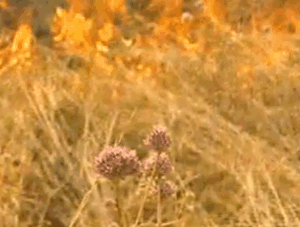
Consider the video on the right.
4) Why is it important to burn just before a storm?
5) How is knowledge of burning passed down from generation to generation?
6) What is biodiversity? Give an example.
7) How does burning help to maintain biodiversity?
8) What is the impact of the reduction of Mudja (Hymenachne acutigluma)?